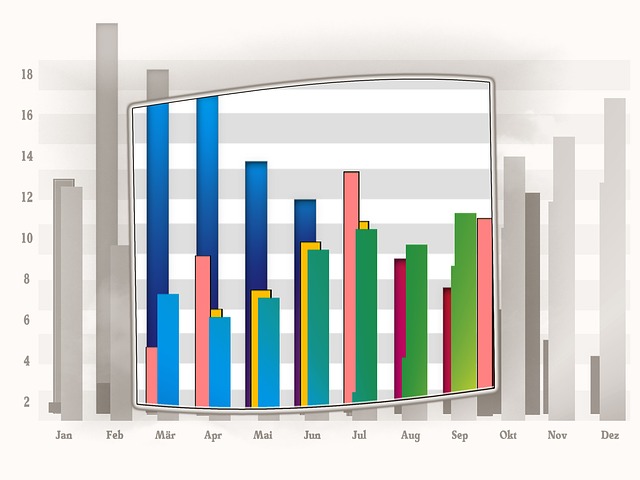This article takes a look at some key best practice backup tips. It’s worth taking the time to follow up on these points, because it’s always better to spend a few hours now getting your backups best-practice, than it is to spend a few days later on dealing with a crisis that could have been prevented.
1. Check your backup reports.

Sounds easy, even silly. Of course you check them. The problem is that it’s easy to just glance at the backup report email, see the summary looks okay, glance over glitches that always show up and close the email again. If you do this, it means you could be missing a lot of the information in the backup report – especially if it’s a BackupAssist backup report.
Take the time, even once a week, to review all of the information. For example, a BackupAssist v8 System Protection backup report will tell you how many restore points you have, how much disk space is taken up by your snapshot’s shadow storage, and what your restore and recovery options are. You can even click on a warning in the report to open the corresponding knowledgebase article. When was the last time you reviewed all of this information?
2. Perform regular manual test restores

Many backup software solutions test a backup after it’s been made. You should always perform a real world manual test restore on a regular basis for every backup job. Test the full process from start to finish. Select an archive backup or a daily backup, access it, run the restore job and then examine the results. Whether it’s an SQL database entry and Exchange email or a word document – you’ll know they can be restored because you’ve tested it yourself.
3. Use a schedule that includes archive backups

Archive backups are backups that are kept in a secure location and retained for long periods. Some are never written over at all. For example: each Friday’s backup is kept for a month, the last day of each month’s backup is kept for a year and the last day of the year’s backup is never written over. And all of these backups are in a secure location separate to the building your servers are stored in. This is called an “offsite” backup and it’s important.
If you do not have archive backups, then you do not have an effective backup solution. Archive backups give you the ability to restore data long after it’s lost. Archive backups give an added layer of protection if you can’t restore from your daily backups. Archive backups mean your business can recover if all of your servers are lost.
4. Perform disaster recoveries

A disaster recovery is a simulation of a total loss of your servers. You must then recover the servers using different physical servers and following a documented disaster recovery plan. If you’re a smaller business, you may need to use a test server to recover one production server at a time. You can also hire these servers for the day from a disaster recovery center. You would also relocate to your disaster recovery site if you have one and use your backup generator if applicable. The disaster recovery will end when the users who rely on that server have tested that its data and applications have been recovered correctly and that your business can resume operations.
A disaster recovery also helps your technical staff review their procedures, identify deficiencies and make the required changes. Some companies have gone out of business because they were unable to recover from a total data loss, a server loss or a site outage. So disaster recoveries are kind of a big deal.
5. Use different backup types

This is a best practice that we like here at BackupAssist, because it uses a strength of our product – support for 4 different backup types: System Protection, File Protection , Cloud Backup and File Archiving. Some backup types are more suitable for certain tasks than others. System Protection backups are good for protecting entire servers and applications like Hyper-V and Exchange. File Protection backups are ideal for backing up files and folders, and performing quick restores.
Using two types of backup jobs gives you more flexible restore options. For example: daily and weekly System Protection backups of your entire server, as well as a weekly File Protection backup of just your File Share. This way your server is protected and if someone loses a word doc, you don’t have to mount and access a disk image to restore it – you just grab the document from your last File Protection backup.
6. iSCSI and NAS destinations

iSCSI targets and NAS devices deserve a special best practice mention, because they often provide only a single physical backup destination. Although you can create multiple backup locations or folders on your iSCSI or NAS device, if all of your backups are on the same media then you have a single point of failure. You lose the media – you lose all of your backups.
If this is the case, then your iSCSI or NAS backup should be augmented by another physical backup destination such as a removable drive. You can schedule separate backup jobs to run for each destination. For example: your daily backups could use the iSCSI or NAS destination and your archive backups (weekly, monthly etc.) can use the removable drives. Yes, iSCSI and NAS should have archive backups as well.
To learn about BackupAssist Best Practice guidance, see our Best Practice Guide for new users.
Do you do something differently?
Let us know about your best-practice backup strategy.
Tweet us @BackupAssist with #BackupLikeAPro or post it to our Facebook wall.
Share this article via your social network and make backups better everywhere!
